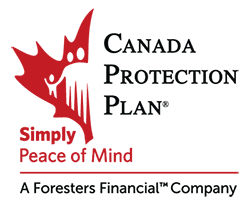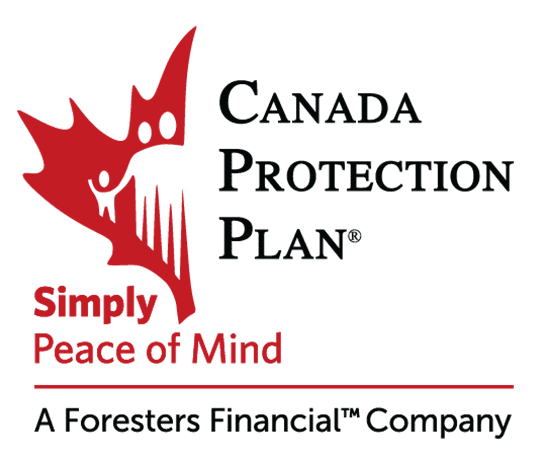
Life insurance is a crucial part of planning for your financial future and protecting your loved ones, particularly in the death of a family member. But let’s face it— the industry-specific terms can make the whole process confusing. However, the industry jargon and often complicated concepts can make navigating your options more complex than it needs to be. While this can be a roadblock, don’t let it deter you from assessing your options. By understanding the details, you can make smart choices that benefit your and your family’s future.
Life Insurance Terms to Know 1
While it might initially seem complicated, understanding these life insurance terms can give you more control. The better you know the ins and outs, the more confidently you can make decisions that fit your life and long-term goals.
Premium
A life insurance premium is the amount paid to the insurance company in exchange for coverage. Age, gender, health, lifestyle, and the type and amount of coverage required are just a few of the variables that affect the policy’s cost. Premiums can be paid monthly, quarterly, semi-annually, or annually, depending on the policy. The younger the policyholder, the lower the premium, as younger people have longer life expectancies and are less likely to get ill. Women generally pay lower premiums than men because they tend to live longer.
Premiums for permanent life insurance policies, such as whole life insurance, can be more expensive than those for term life insurance policies, which provide temporary protection. Some policies, such as universal life policies, have flexible premiums, allowing policyholders to pay a larger amount in premiums to build cash value.
Death Benefit
The death benefit is the money paid to the beneficiary in the event of the policyholder’s death. It provides financial support to the policyholder’s loved ones after their death. The death benefit is typically tax-free and can be paid out as a lump sum or annuity. The face value of the policy, the amount of coverage the policyholder purchased, determines the amount of the death benefit.
However, the life insurance company isn’t automatically notified when the policyholder dies. The responsibility falls on the beneficiary to initiate a death claim to access the financial payout. Once the claim is filed and approved, the death benefit is then distributed according to the policy’s terms. This underscores the importance of beneficiaries being aware of the policy’s existence and knowing the appropriate steps to claim the benefit.
Policyholder
The policyholder is the individual who owns the life insurance policy and pays the premiums. They control the policy and are responsible for keeping it active by consistently paying the premiums on time. The policyholder can also make decisions regarding the policy, such as choosing the type and amount of coverage needed. The policyholder can be the same person as the insured, or they can be different people. For example, if Joe buys a policy on his own life, he is both the policyholder and the insured. If his wife Jane buys a policy on Joe’s life, Jane is the policyholder, and Joe is the insured. In both cases, the policyholder is responsible for premium payments and policy decisions.
Beneficiary
A beneficiary is the designated recipient of the death benefit in a life insurance policy. Beneficiaries can be either people or organizations that the policyholder chooses. Multiple beneficiaries can be named, and their shares can be specified. Policyholders can often change beneficiaries without penalties and can also name a contingent beneficiary as a backup.
Underwriting
Underwriting is the evaluation process that determines an applicant’s eligibility and premium costs for life insurance. This risk assessment considers multiple factors, including age, health, and lifestyle. It typically takes four to six weeks and may require a medical exam. However, it’s worth noting that there are alternative policy types that streamline this process, like No Medical & Simplified Issue Life Insurance2 policies offered by the Canada Protection Plan (CPP).
Term Life Insurance
Term life insurance offers coverage for a fixed period, like 10, 20, or 30 years, and is generally more affordable than permanent life insurance. The policyholder pays premiums based on factors like age and health, and beneficiaries receive a death benefit if the insured passes away within the term. Premiums usually remain constant, and there are options to renew or convert to permanent insurance.
Permanent Life Insurance
Permanent life insurance provides lifelong protection and includes policies such as whole life insurance and universal life insurance. Whole life insurance offers level premiums and a savings component, while universal life insurance offers more flexible premium options and earnings based on market interest rates. Variable life insurance typically offers expanded options, such as investing the cash value in mutual funds and other financial instruments.
Guaranteed Issue
Guaranteed Issue is a specialized life insurance policy that bypasses the underwriting process altogether. It is particularly useful for those with pre-existing medical conditions or individuals wishing to secure coverage quickly. It may come with higher premiums but provides options for people who face challenges securing traditional life insurance coverage. Canada Protection Plan offers this type of coverage.
Cash Value
Exclusively featured in permanent life insurance policies, the cash value is an accumulated financial reserve that can be borrowed against or withdrawn. However, it’s important to note that tapping into this reserve may reduce your death benefit and could have tax implications.
Riders
Riders are optional add-ons that can be included in a basic life insurance policy for more personalized coverage. For example, A critical illness rider provides a lump-sum payment if you are diagnosed with a specified critical illness.Similarly, a Waiver of Premium rider eliminates the need for premium payments if the policyholder becomes disabled.
Schedule a one-on-one consultation with a Canada Protection Plan insurance specialist today to better understand the complexities of life insurance. We empower you to make informed choices that align with your unique financial goals. Let us help you forge a solid plan to ensure your family’s long-term financial well-being.

422815 CAN (12/23)







